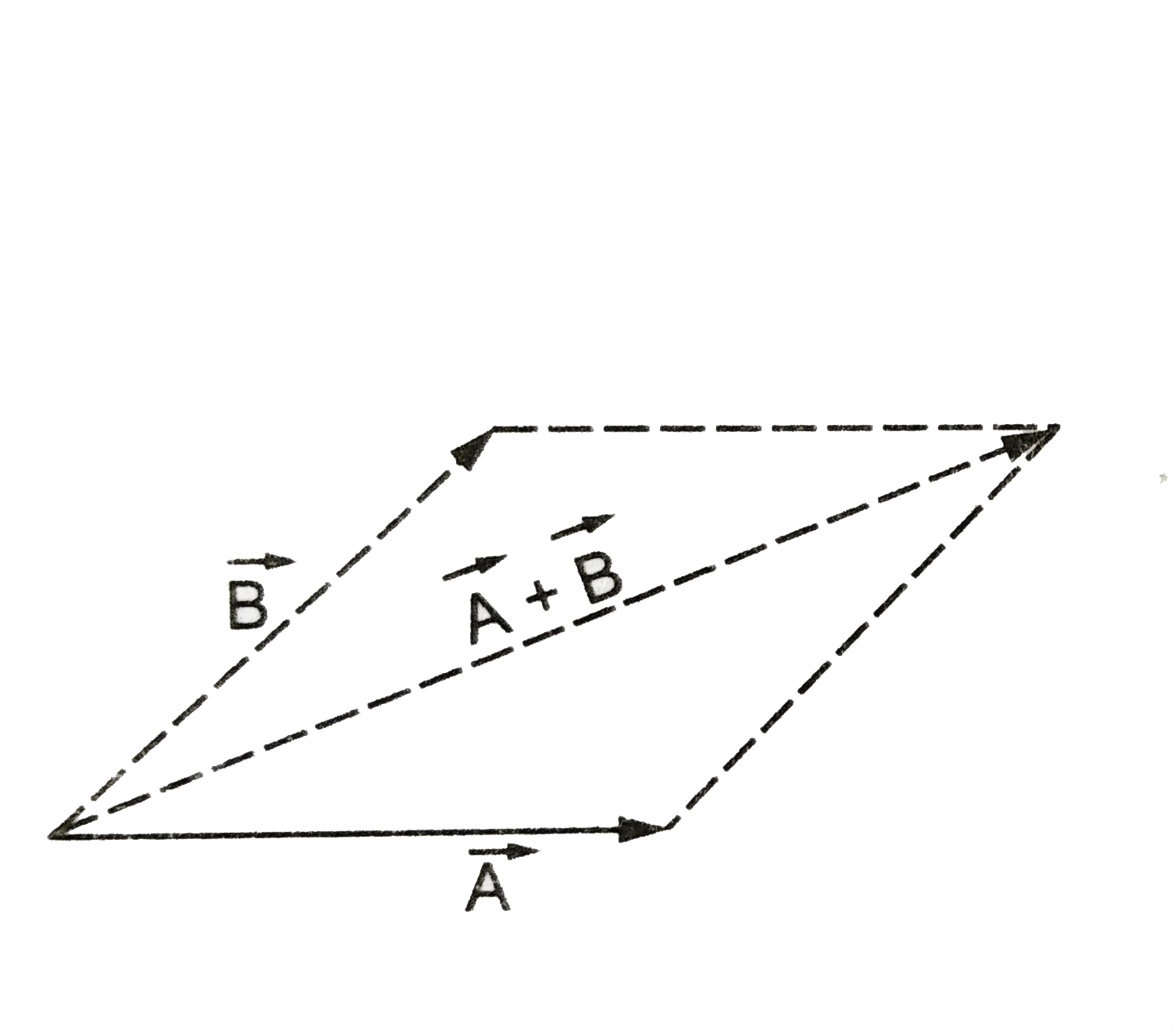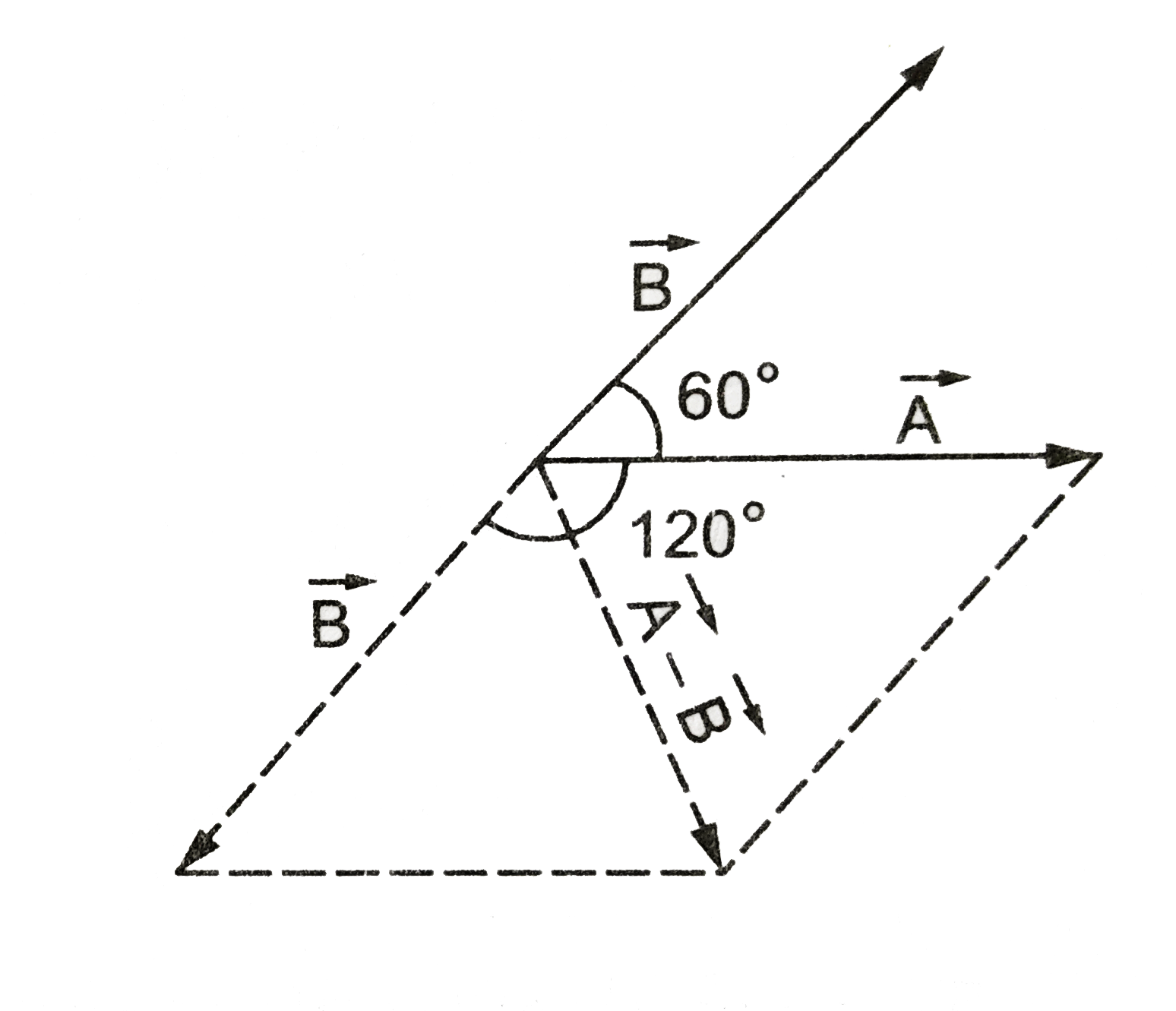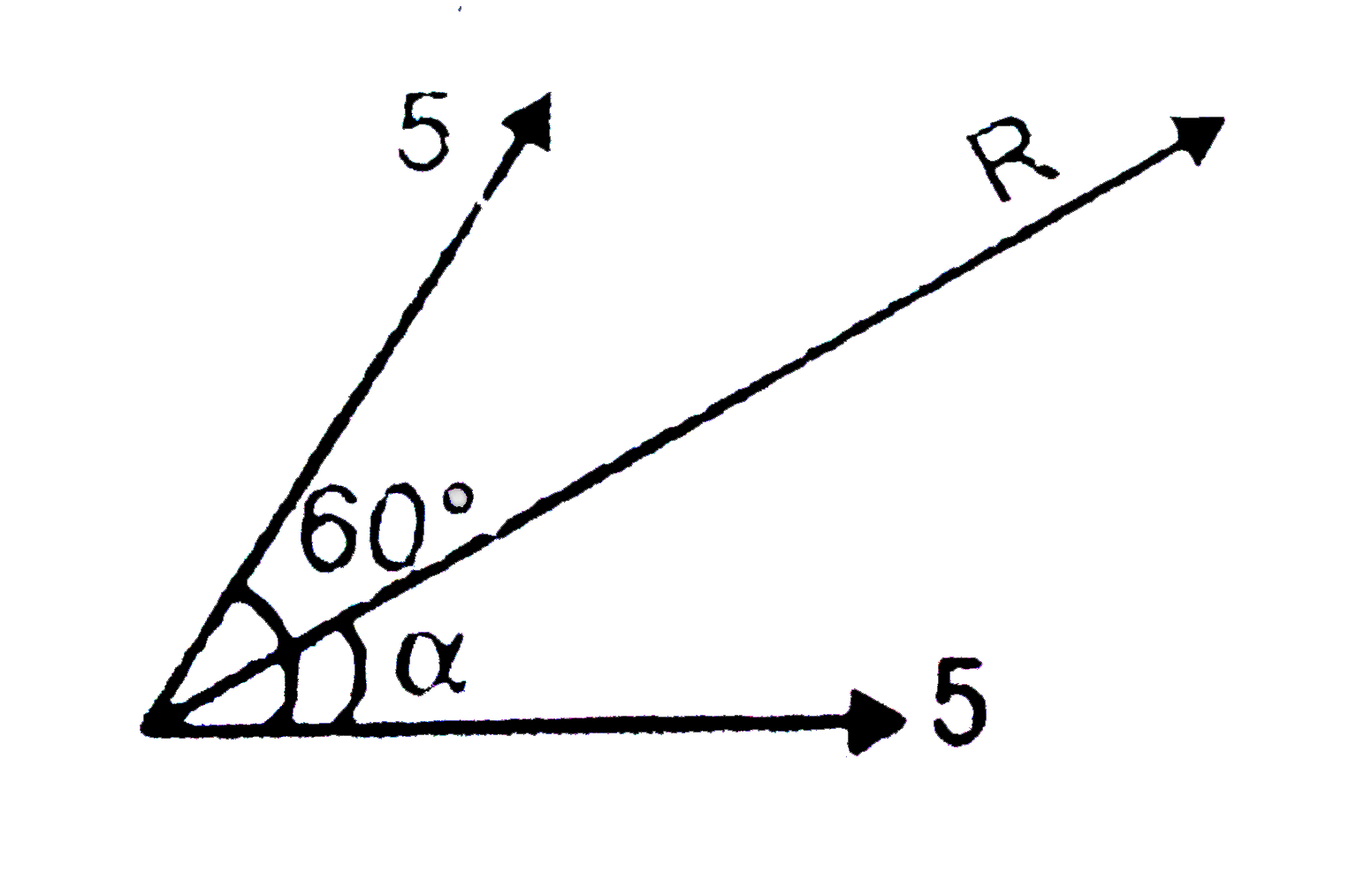A vector of magnitude 6 units makes equal makes angles from OX−,OY− and OZ-axes. Find the vector.
To find the vector of magnitude 6 units that makes equal angles with the OX, OY, and OZ axes, we can follow these steps:
1. Understanding the Problem:
We are given a vector →r with a magnitude of 6 units that makes equal angles with the x-axis, y-axis, and z-axis.
2. Setting Up the Angles:
Let the angles that the vector makes with the x-axis, y-axis, and z-axis be α, β, and γ respectively. Since the angles are equal, we have:
α=β=γ
3. Using Direction Cosines:
The direction cosines corresponding to these angles are given by:
l=cosα,m=cosβ,n=cosγ
Since α=β=γ, we can denote:
l=m=n
4. Magnitude of Direction Cosines:
The sum of the squares of the direction cosines equals 1:
l2+m2+n2=1
Substituting l=m=n:
3l2=1
Therefore, we can solve for l:
l2=13⟹l=±1√3
5. Forming the Vector:
The vector →r can be expressed in terms of its magnitude and direction cosines:
→r=|r|(l^i+m^j+n^k)
Given that the magnitude |r|=6:
→r=6(l^i+l^j+l^k)
6. Substituting the Value of l:
Substituting l=±1√3:
→r=6(±1√3^i+±1√3^j+±1√3^k)
This simplifies to:
→r=±6(1√3^i+1√3^j+1√3^k)
7. Final Expression:
Factoring out the common term:
→r=±2√3^i+±2√3^j+±2√3^k
Thus, the vector can be expressed as:
→r=±2√3(^i+^j+^k)
Final Answer:
The vector is:
→r=2√3^i+2√3^j+2√3^kor→r=−2√3^i−2√3^j−2√3^k
We are given a vector →r with a magnitude of 6 units that makes equal angles with the x-axis, y-axis, and z-axis.
Let the angles that the vector makes with the x-axis, y-axis, and z-axis be α, β, and γ respectively. Since the angles are equal, we have:
α=β=γ
The direction cosines corresponding to these angles are given by:
l=cosα,m=cosβ,n=cosγ
Since α=β=γ, we can denote:
l=m=n
The sum of the squares of the direction cosines equals 1:
l2+m2+n2=1
Substituting l=m=n:
3l2=1
Therefore, we can solve for l:
l2=13⟹l=±1√3
The vector →r can be expressed in terms of its magnitude and direction cosines:
→r=|r|(l^i+m^j+n^k)
Given that the magnitude |r|=6:
→r=6(l^i+l^j+l^k)
Substituting l=±1√3:
→r=6(±1√3^i+±1√3^j+±1√3^k)
This simplifies to:
→r=±6(1√3^i+1√3^j+1√3^k)
Factoring out the common term:
→r=±2√3^i+±2√3^j+±2√3^k
Thus, the vector can be expressed as:
→r=±2√3(^i+^j+^k)
The vector is:
→r=2√3^i+2√3^j+2√3^kor→r=−2√3^i−2√3^j−2√3^k
Topper's Solved these Questions
- BOOK - NAGEEN PRAKASHAN ENGLISHCHAPTER - THREE-DIMENSIONAL GEOMETRY EXERCISE - Exercise 11 A22videos
THREE-DIMENSIONAL GEOMETRY
- BOOK - NAGEEN PRAKASHAN ENGLISHCHAPTER - THREE-DIMENSIONAL GEOMETRY EXERCISE - Exercise 11 B30videos
THREE-DIMENSIONAL GEOMETRY
- BOOK - NAGEEN PRAKASHAN ENGLISHCHAPTER - RELATIONS AND FUNCTIONS EXERCISE - Miscellaneous Exercise19videos
RELATIONS AND FUNCTIONS
- BOOK - NAGEEN PRAKASHAN ENGLISHCHAPTER - VECTORSEXERCISE - Miscellaneous Exercise19videos
VECTORS
Similar Questions
A vector having magnitude 30 unit makes equal angles with each of X,Y, and Z -axes The components of vector along each of X,Y,and Z -axes are
View SolutionLet →n be a vector of magnitude 2√3 such that it makes equal acute angles with the coordinate axes. Find the vector and Cartesian forms of the equation of a plane passing through (1,−1,2) and normal to →n.
View SolutionA vector of magnitude 10 has its rectangular components as 8 and 6 along x and y axes. Find the angles it make with these axes.
View SolutionWrite a vector of magnitude 12 units which makes 450 angle with X-axis 600 angle with Y-axis and an obtuse angle with Z-axis.
View SolutionVector →A makes equal angles with x-,y-,and z-axis. Find the value of its components (in terms of magnitude of →A)
View SolutionTwo vectors of equal magnitude of 5 unit have an angle 600 between them. Find the magnitude of (a) the sum of the vectors and (b) the difference of the vectors.
 .
.  .View Solution
.View SolutionTwo vectors having equal magnitude of 5 units, have an angle of 60∘ between them. Find the magnitude of their resultant vector and its angle from one of the vectors.
 View Solution
View SolutionFind a vector →r of magnitude 3√2 units which makes an angle of π4 and π2 with y and z-axis respectively.
View SolutionWrite a unit vector making equal acute angle with the coordinates axes.
View SolutionA vector lying in x-y plane has a magnitude 3, and makes an angle 30∘ with the x-axis. Find its components along the two axes.
View Solution

